What’s that ache in your heel? In case you occur to’re hobbling spherical like your grandfather throughout the morning on account of your toes hurt, you’ll have plantar fasciitis, a scenario that plagues about one million people yearly — significantly runners.
What Is Plantar Fasciitis?
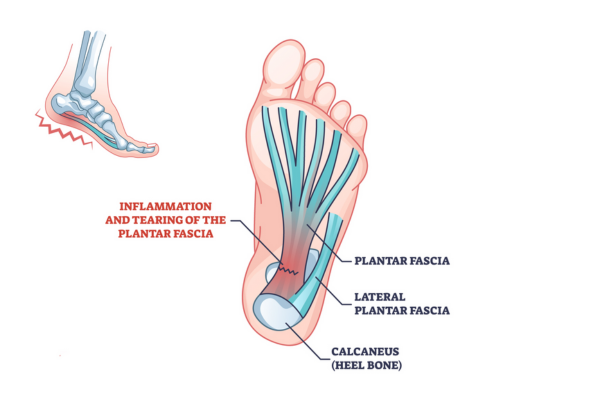
Plantar fasciitis is the irritation and irritation — usually on account of a tear — of the highly effective band of connective tissue that stretches alongside the underside of your foot, additionally known as the plantar fascia.
Because of the fascia inserts on the underside of the heel, that’s the place most people actually really feel the ache — significantly after they get out of bed throughout the morning. Nonetheless some people may actually really feel it nearer to the ball of the foot.
Widespread indicators of plantar fasciitis embody the following:
- Sharp ache in or spherical your heel
- Ache throughout the arch of your foot
- Swelling near your heel
- Achilles tendon ache
What Causes Plantar Fasciitis?
The ache you experience from plantar fasciitis may actually really feel abrupt and shocking, nonetheless listed under are some elements that will contribute to it:
- Unsupported/flat toes. “Often, as a result of arch, the plantar tissue takes on type of a ‘C’ type,” says Nadya Swedan, M.D., a physiatrist in New York Metropolis. “However when your foot isn’t supported, it flattens out and that causes micro-tears. I see it ceaselessly in girls who placed on flats or go barefoot, and in people who’ve gained weight or are on their toes for hours at a time.”
- Excessive foot pronation or supination. Overpronation (toes rolling inward an extreme quantity of with each step) and oversupination (toes rolling outward an extreme quantity of) contribute to the problem on account of your arch is definitely collapsing — stretching and tearing these fibers — with each step.
- Restricted ankle dorsiflexion. Poor ankle dorsiflexion (the ability to draw your foot in route of your shin), from tightness throughout the calves or Achilles tendon, is a hazard challenge for plantar fasciitis.
- Low train ranges. Analysis current that individuals who discover themselves extraordinarily chubby and/or sedentary are at an elevated hazard of rising plantar fasciitis.
- Being in your toes for too prolonged. Consistent with a look at of fifty contributors with plantar fasciitis, those who spent a majority of their workday on their toes had been additional liable to ache.
How Can I Cope with Plantar Fasciitis?
Leisure is important. Biking, swimming, deep-water working, and weight teaching are good stand-ins for working, nonetheless throughout the meantime, attempt these methods to cope with the indicators of plantar fasciitis.
1. Get assessed

Foot points are typically related to muscle imbalances throughout the hip.
After being acknowledged by a specialist, have a bodily therapist or licensed coach take into account your gait, posture, and movement. This could help set up and correct imbalances and possibly even leg-length discrepancies that could be contributing to overpronation or oversupination.
2. Limber up
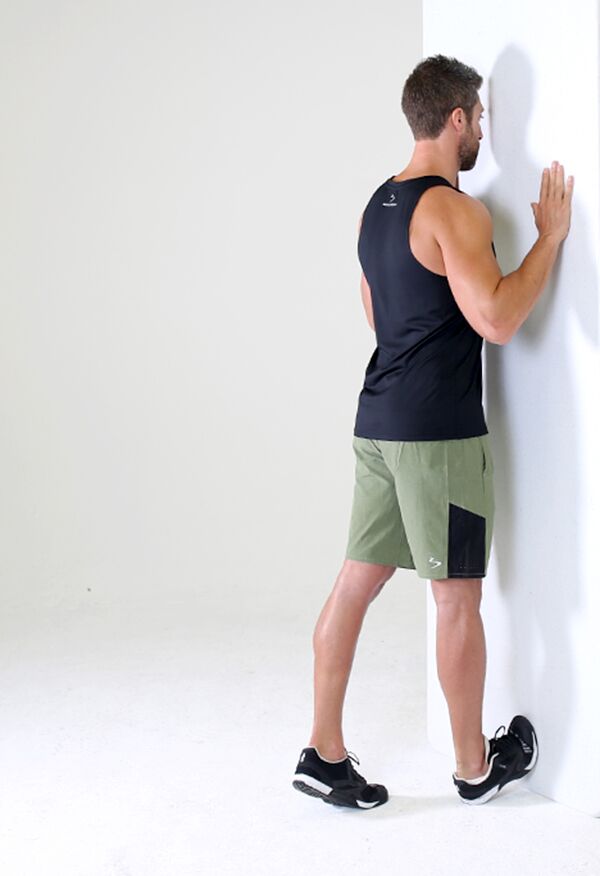
In case your calf muscle mass are overly shortened and tight, your ankle might have a lot much less fluctuate of motion, which means there may be additional pulling alongside the underside of the foot.
The standing wall calf stretch can help loosen these muscle mass.
- Coping with a wall, put one foot forward so your heel is on the underside and the ball of your foot is in opposition to the wall.
- Resting your palms on the wall, gently straighten your entrance leg and lean forward until you’re feeling a deep stretch in your calf.
- Swap legs and repeat.
3. Get stronger
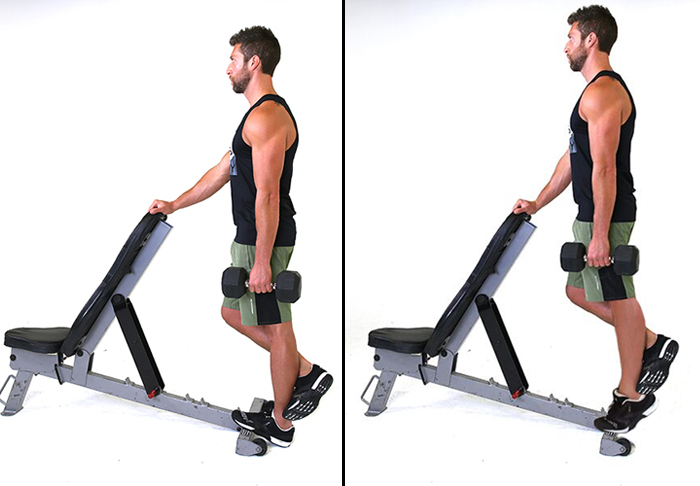
Strengthening the fascia will help it reply to the a whole bunch you want to positioned on it, which could possibly be three to 4 events your physique weight for those who occur to’re working.
A look at throughout the Scandinavian Journal of Treatment & Science in Sports activities actions found that doing calf raises every totally different day initially improved the ache of plantar fasciitis larger than stretching did (every groups ended up with associated outcomes after a 12 months and every wore heel lifts).
An environment friendly prepare to help assemble energy is standing calf raises.
- Holding a dumbbell in your left hand, stand with the ball of your left foot on an elevated flooring alongside together with your heel hanging off, and your correct toes resting in your left ankle.
- Press the ball of your foot down to help maintain your ankle aligned and steer clear of rolling.
- Conserving your core engaged, enhance your left heel as extreme as potential.
- Slowly lower your heel down beneath the raised flooring until you’re feeling a stretch in your calf.
- Repeat and do equal reps on every legs.
4. Add cushioning
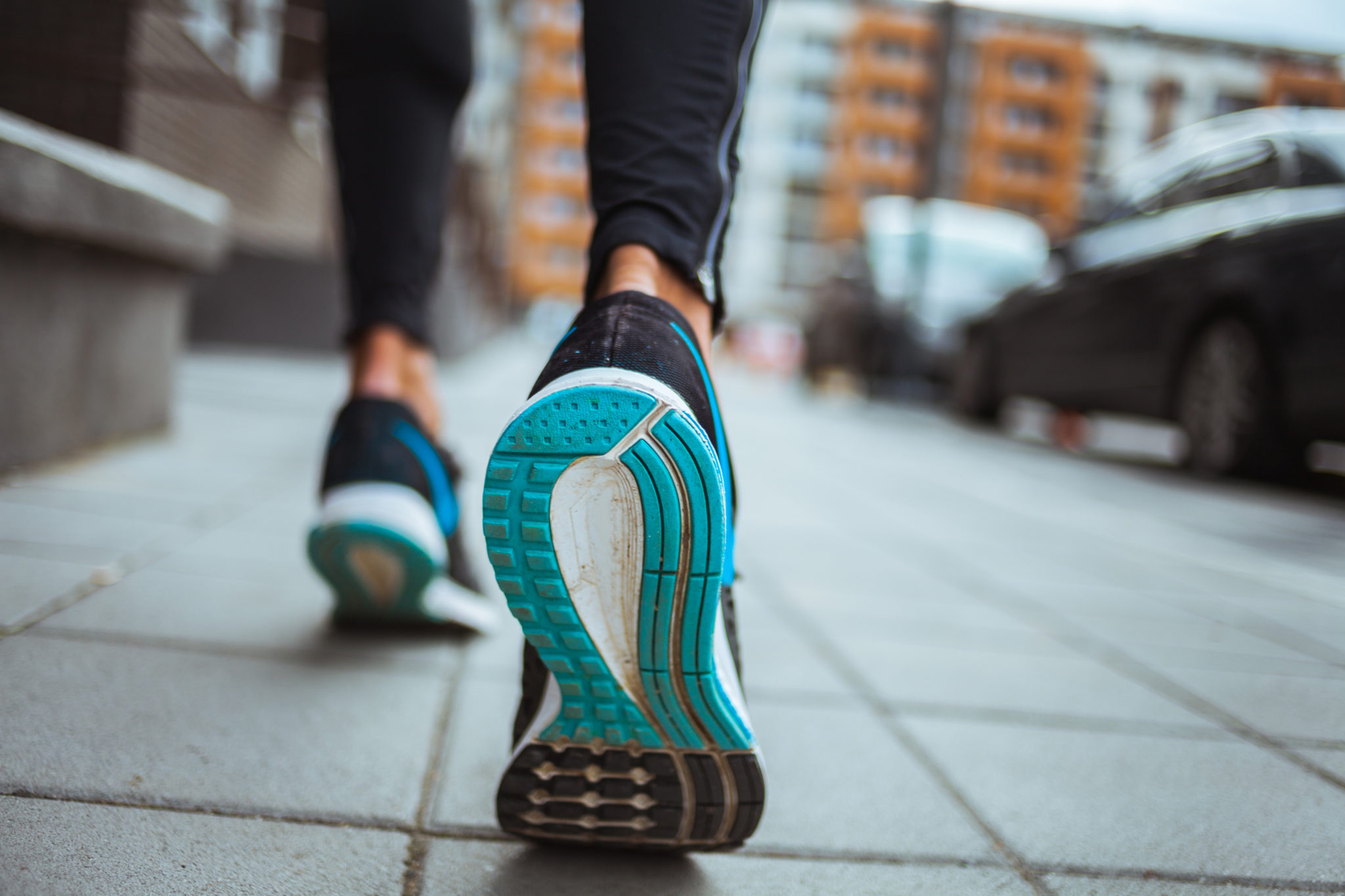
Rising your heel peak takes a couple of of the stress off the fascia, reducing ache and trauma.
“Gel heel cushions, arch helps, and orthotics can all work,” says Swedan. “Take a look at your native drugstore variations sooner than you go for pricier ones.”
Moreover, skip the flip-flops and ballet flats. Instead, favor sneakers with additional cushioning and a small heel.
5. Take note of needles
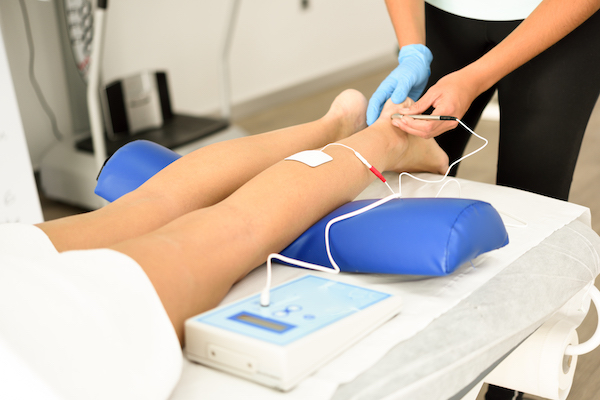
Analysis are mixed on whether or not or not acupuncture can help, nonetheless some people swear by it and say you may even see a reduction in ache after a single treatment.
Hydrocortisone injections may even present momentary help, nonetheless repeated pictures can hurt surrounding tissues.
